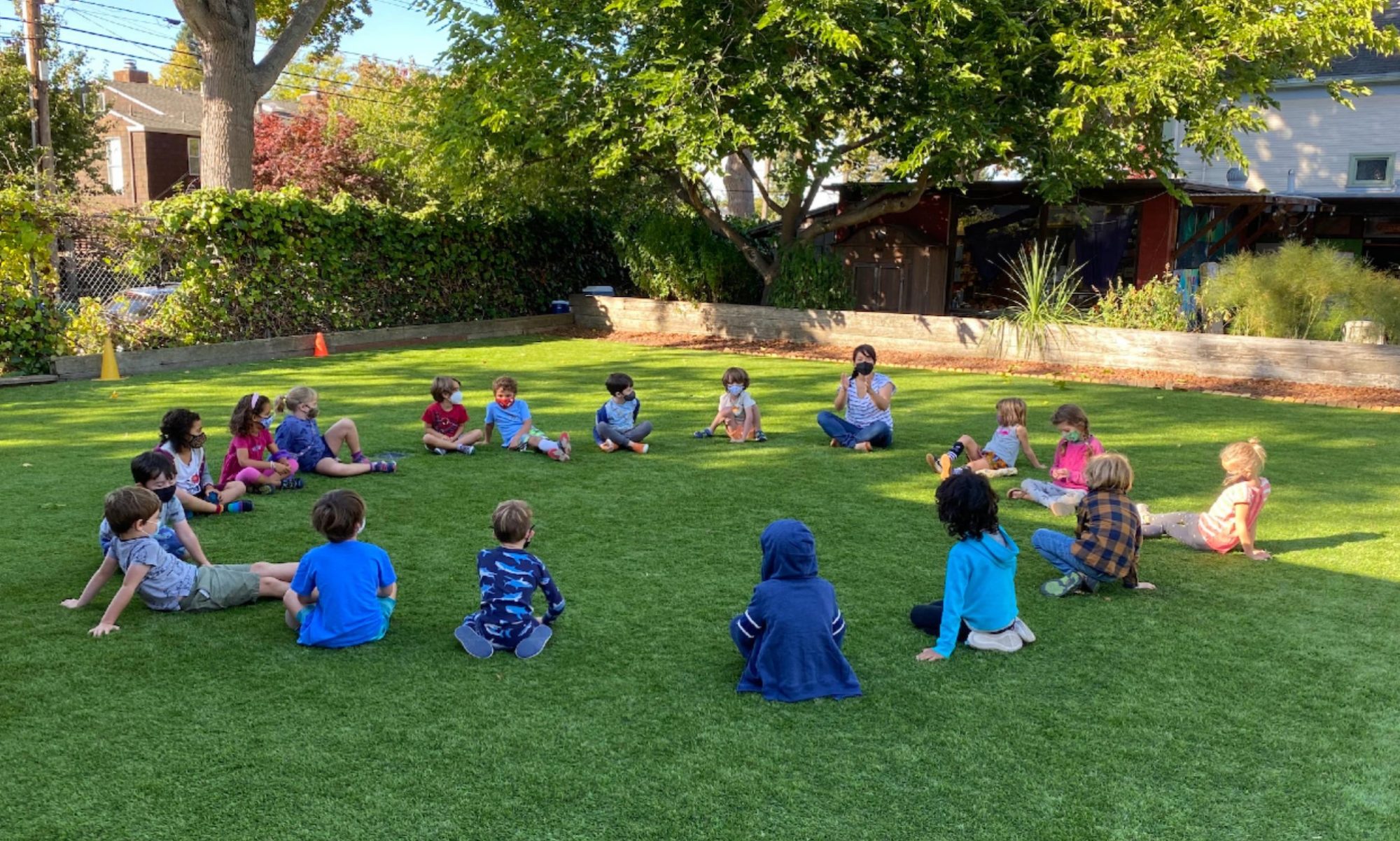Lower Group
Lower Middle Group
Middle Group
Upper Group
Drama and Movement
Music
Visual Art
Spanish
Lunch, Snack & Recess
MUSIC Curriculum
Lower Group
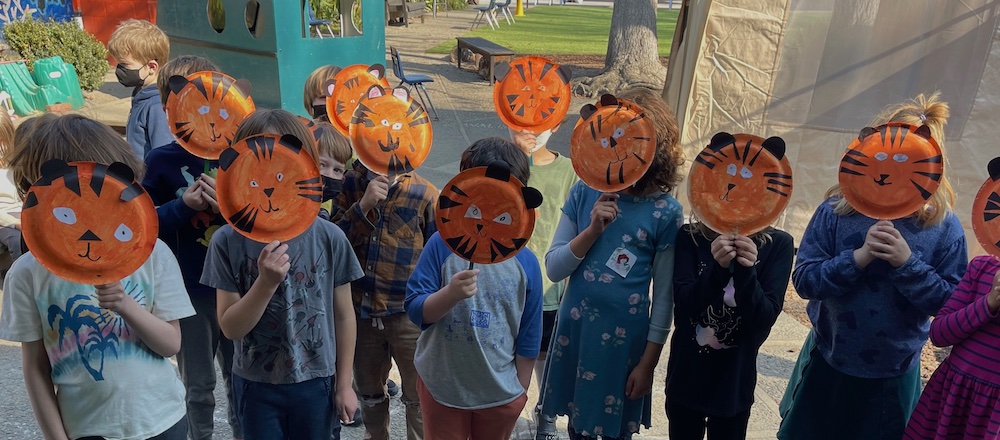
Lower Group music builds upon the young child’s natural joy in chanting, singing, moving, imagining, and storytelling, guiding these abilities into organized forms. Students learn to focus their energy into goal-directed activities involving speech, rhythm, melody, tone color, and dance. They develop an awareness of their place in the group, a sense of personal versus shared space, and the ability to participate in guided group activities. As the year progresses, the students develop a varied repertoire of games, dances, rhymes, songs, and other materials. We cover the following:
RHYTHM: Nursery rhymes, patting a steady beat, echo clapping, question-answer, two-part rhythms, reading rhythm, clapping the rhythms of words, moving to the beat, experiencing phrases through games and dances
MELODY: Singing songs of many types, pitch-matching games, moving the body or gesturing up and down to imitate melodic contour, singing while playing a melody or drone instrument
MOVEMENT AND DANCE: moving together in circles and lines; exploring a variety of basic movements in rhythm (step, turn, swing, shake, sway, walk, march, jump, hop, etc.); learning and creating rhymes and songs with motions; learning set folk dances, play parties, and gesture songs
INSTRUMENTS: exploring percussion instruments and using them to accompany rhymes and stories, improvisations and beginning pieces for Orff instruments
Lower Middle Group
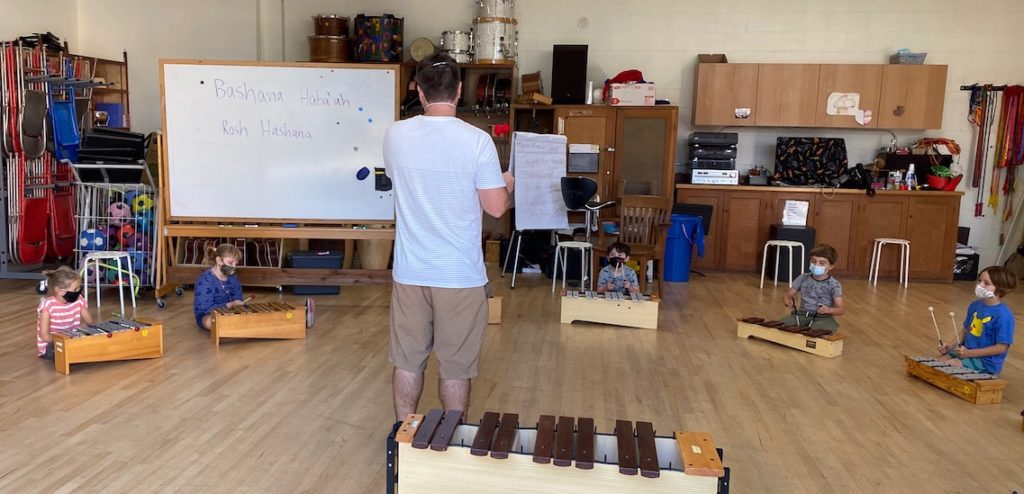
Lower Middle Group music builds on the experiences of the previous year, during which the children explored basic musical elements through speech, song, movement, dance, games, and instruments. This year they will continue building a repertoire of pieces, games, and activities, while also beginning to name basic musical elements such as beat, rhythm, melody, and phrase. Lower Middle Group music covers the following concepts:
RHYTHM: hearing, identifying, and performing steady beats through patting, clapping, gesturing, walking, and playing on instruments; reading and recognizing basic note values (quarter notes, eighth notes, rests)
MELODY AND HARMONY: singing in tune, playing and improvising in the pentatonic scale, playing and understanding how a drone bass can be used to accompany a melody
MOVEMENT AND DANCE: folk dances from different cultures in circles and lines; creative movement alone and with partners and small groups; gestures and movements to act out nursery rhymes; recognizing and experiencing motives, phrases, and sections of music through contrasting movements, directional changes, tempo changes, etc.
INSTRUMENTS: basic technique and improvisation on a variety of unpitched percussion instruments; mallet technique and simple patterned pieces for ensembles of Orff instruments.
Middle Group
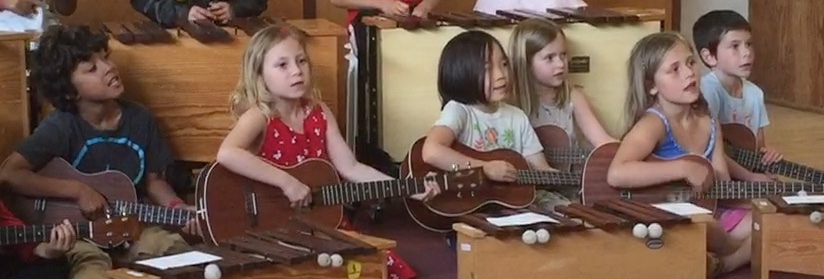
Middle Group students retain the spontaneity and creative freshness of young children, but they bring more highly developed skills and a growing capacity for understanding. Students are offered a wide range of experiences and skills development over the two years, including precise finger techniques, note reading, and the beginnings of formal instrumental study with ukulele and soprano recorder. Nursery rhymes, poetry, and folk and popular songs provide texts for musical improvisation and ensemble pieces. More complex and challenging games are played with increasing precision and expertise, and children are given opportunities to play, sing, and dance without the teacher’s direct participation. The following new concepts are introduced:
RHYTHM: hearing, understanding, and expressing the beat in a variety of ways (patting, clapping, gesturing, moving, walking, playing on instrument, etc.); reading and writing basic rhythms in standard musical notation, and combining these to create original rhythms; understanding several common examples of meter (2/4/, 3/4, 6/8, 4/4 time)
MELODY AND HARMONY: singing songs and canons in two and three parts, playing and singing the pentatonic scale using the do-re-mi system, playing and improvising in different modes, transposing songs into different keys, choral singing techniques and warm-ups, note reading on soprano recorder, strumming chords on the ukulele to accompany songs
MOVEMENT AND DANCE: creating dances that emphasize musical phrases, sections, and forms, such as AB, ABA and Rondo; basic folk dance steps; circle and line dances of increasing complexity
INSTRUMENTAL ENSEMBLE: basic technique in a variety of unpitched percussion and barred instruments; two-handed and cross-mallet melody playing on barred instruments; ensemble pieces with drone, melody, ostinato and color parts played simultaneously, new instruments introduced such as bass, ukulele, guitar and piano.
Upper Group
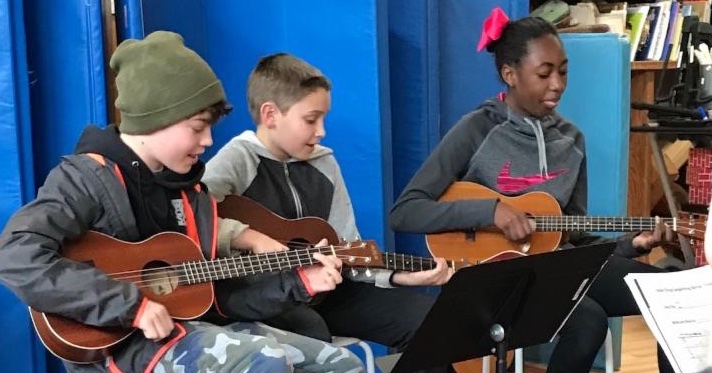
The mixed group of 4th, 5th, and 6th grade students offers a marvelous opportunity for musical growth. Younger students inject a special enthusiasm and freshness to each class. Older students experience the confidence of revisiting and refining basic skills. Circle games, dances, body percussion, and clapping draws from the playground repertoire of different cultures. These activities keep the students in touch with a spirit of musical play, while providing a gently competitive push to practice and master the skills needed to support others in rhythmic performance. The Orff approach grows from games, rhymes, songs, and poetry, taking small easily learned elements from each source in order to build more complex and layered ensemble textures. Students develop techniques on recorder, ukulele, xylophones and percussion. Improvisation in a variety of styles is a key element in the process. Recordings, videos, and occasional guest artists give vital cultural background to inform the hands-on experience.
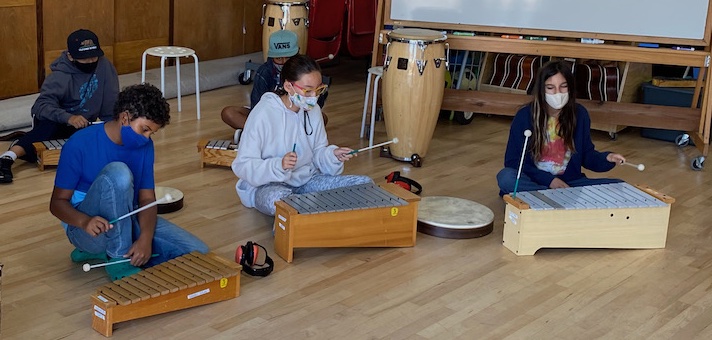
RHYTHM: playing a variety of rhythm games and African American ring plays to sharpen beat and rhythm skills throughout the body; developing rhythmic independence in polyrhythmic ensembles with multiple layers; reading and writing rhythmic notation; comparing European rhythms with those from West African, African American, and Afro-Cuban styles; exploring jazz rhythms in ensemble pieces; exploring syncopation, offbeat, swing rhythm, and clave; exploring a variety of meters, including 4/4, 3/4, 6/8 and 5/4
MELODY AND HARMONY: exploring pentatonic and diatonic major and minor scales, experimenting with different key centers and modes, reviewing drones and exploring vamp and walking bass lines; exploring chords and chord progressions, improvising melodies on xylophones and recorder, improvising using blues scales, reading music notation for recorder, choral singing technique and signing songs and canons in two and three parts
MOVEMENT AND DANCE: body percussion and movement games, African American body rhythms and southern United States children’s games, folk dances of various cultures in a variety of meters and styles
INSTRUMENTAL ENSEMBLE: developing recorder proficiency in both reading and improvisation, increasingly challenging mallet work on xylophones, West African percussion, jazz and rock drumming techniques, electric bass, guitar and piano playing, chord strumming on ukuleles to accompany singing and recorder pieces.
